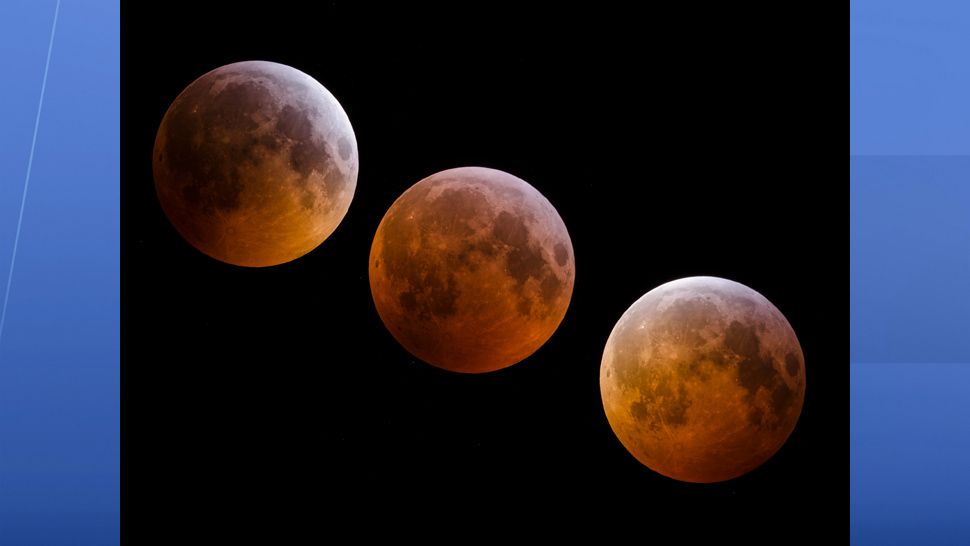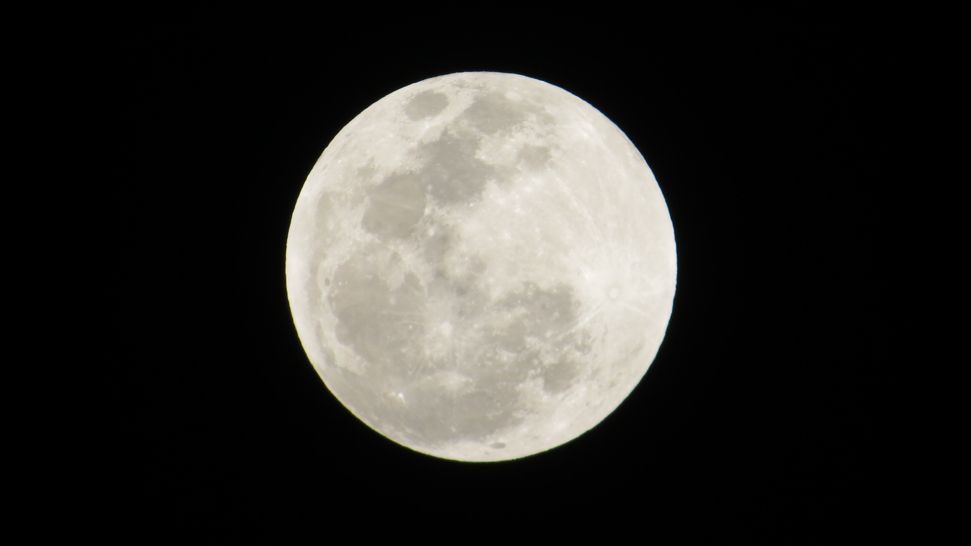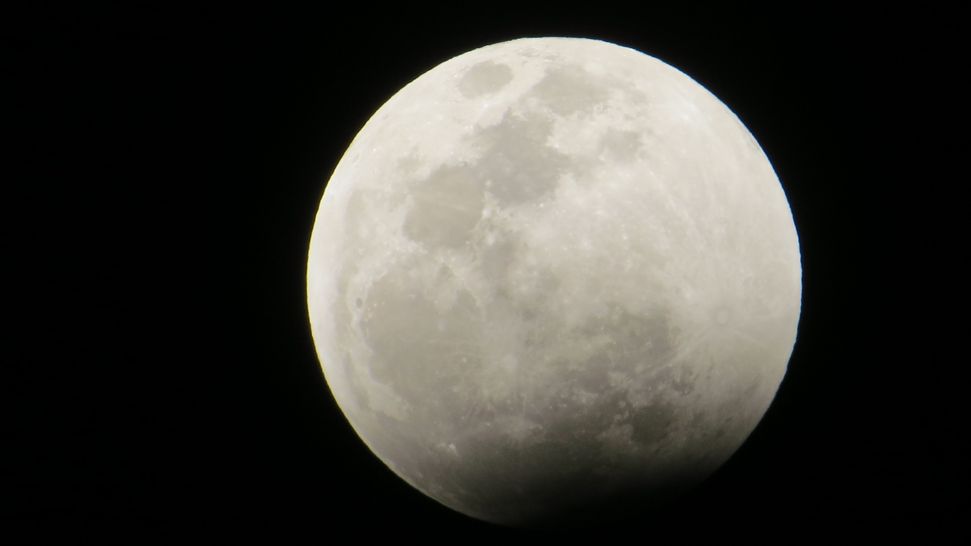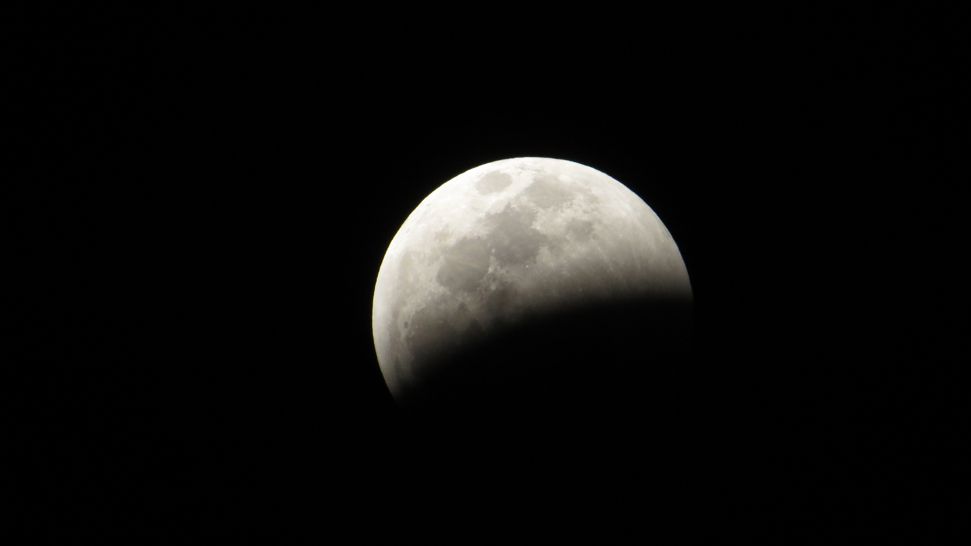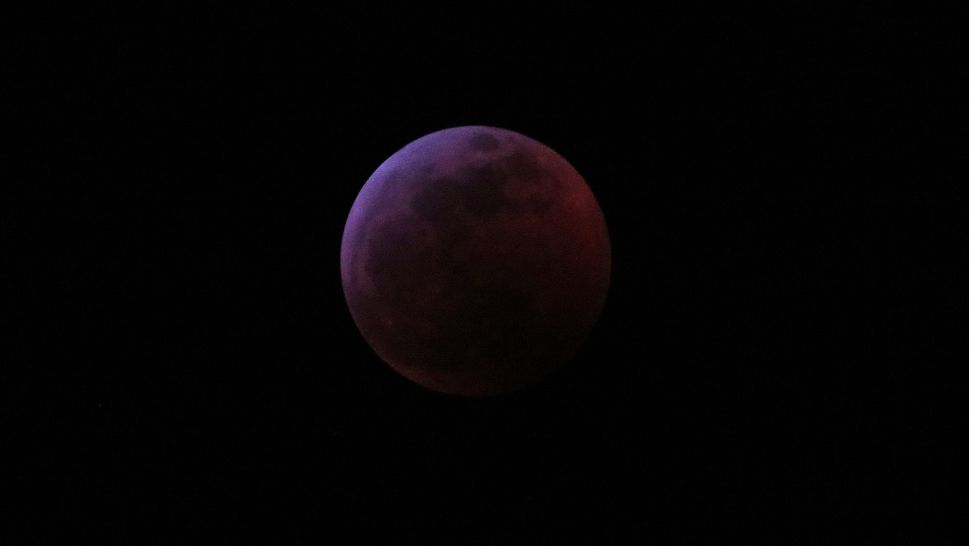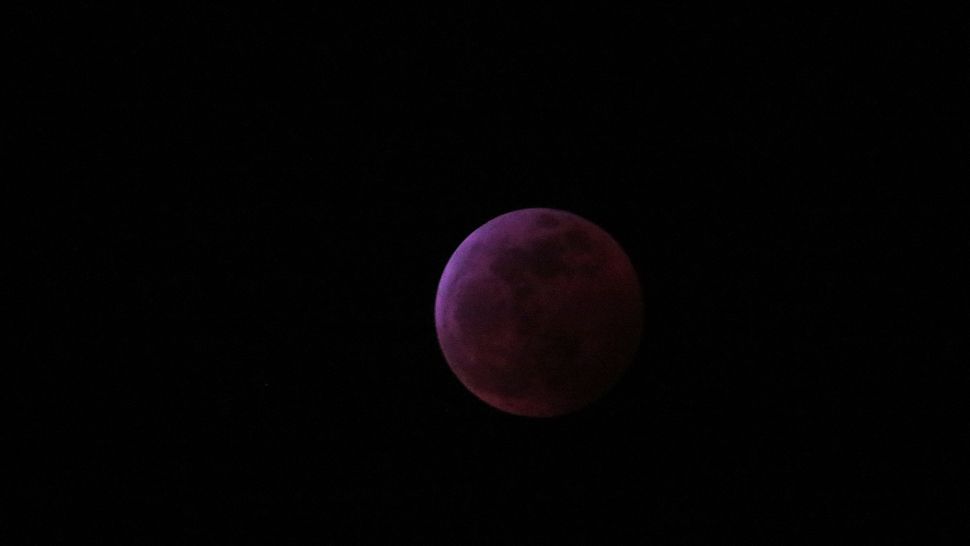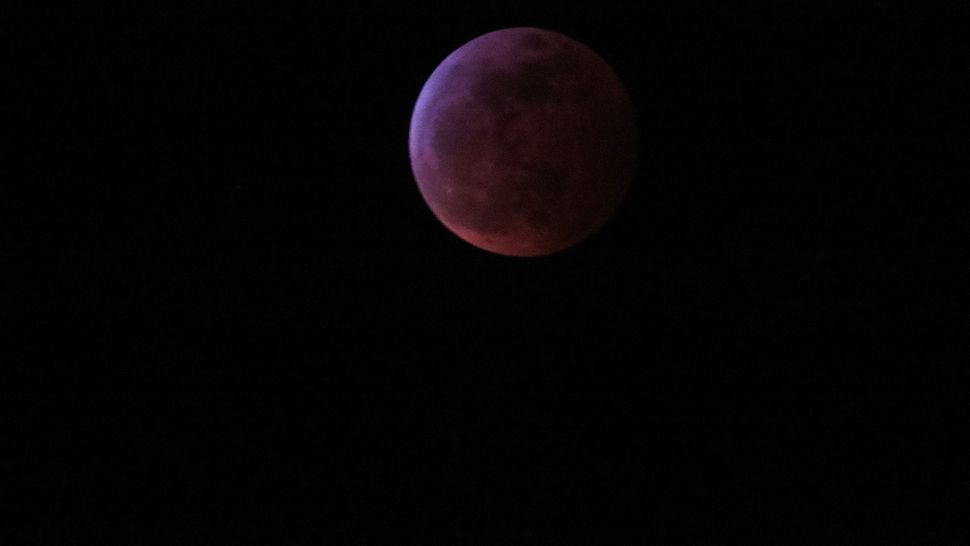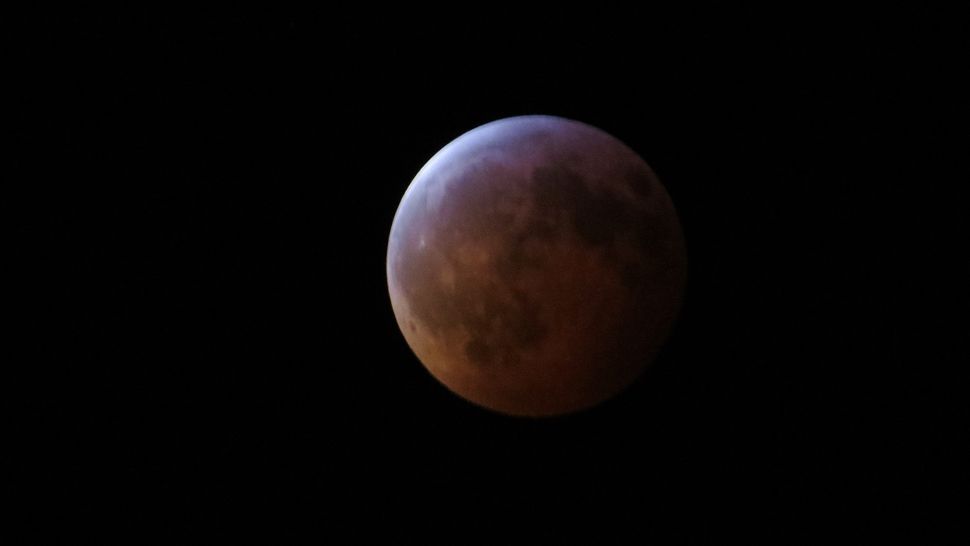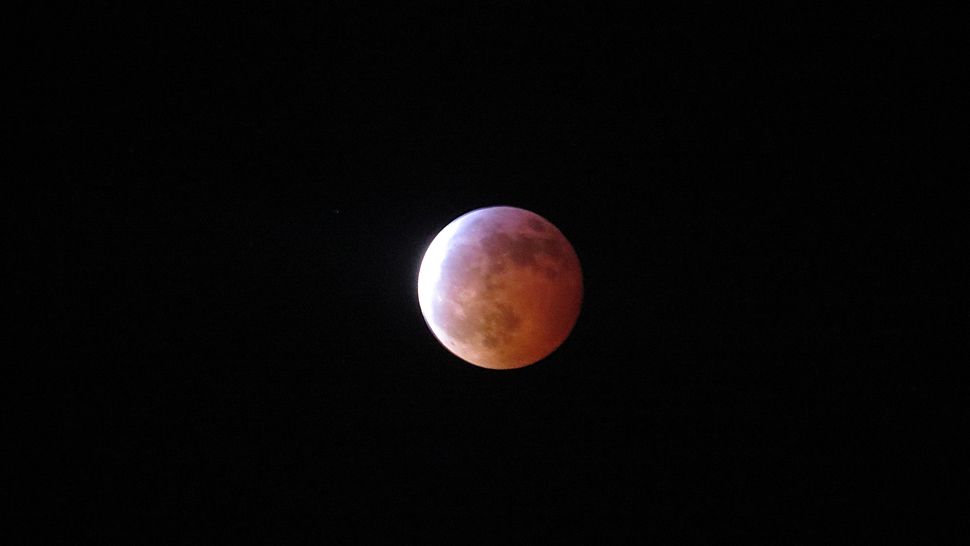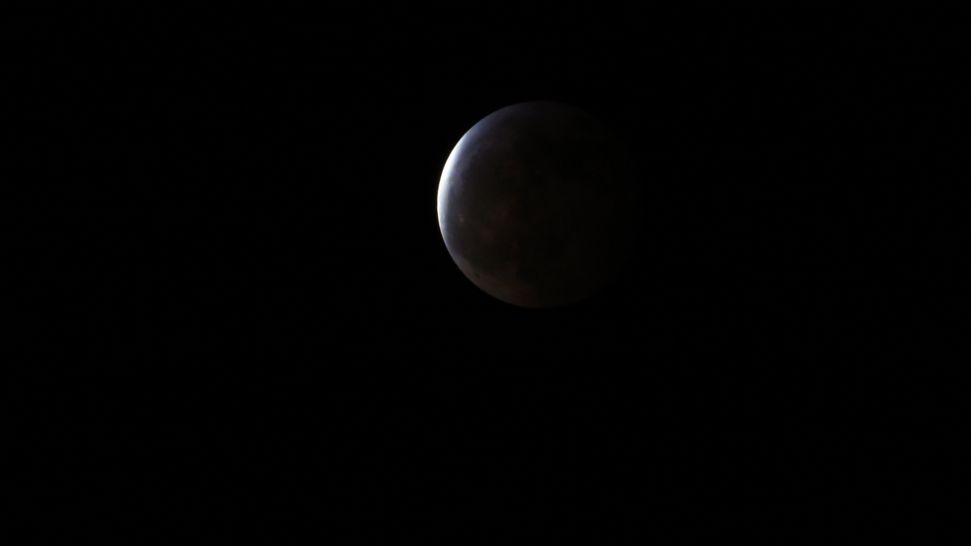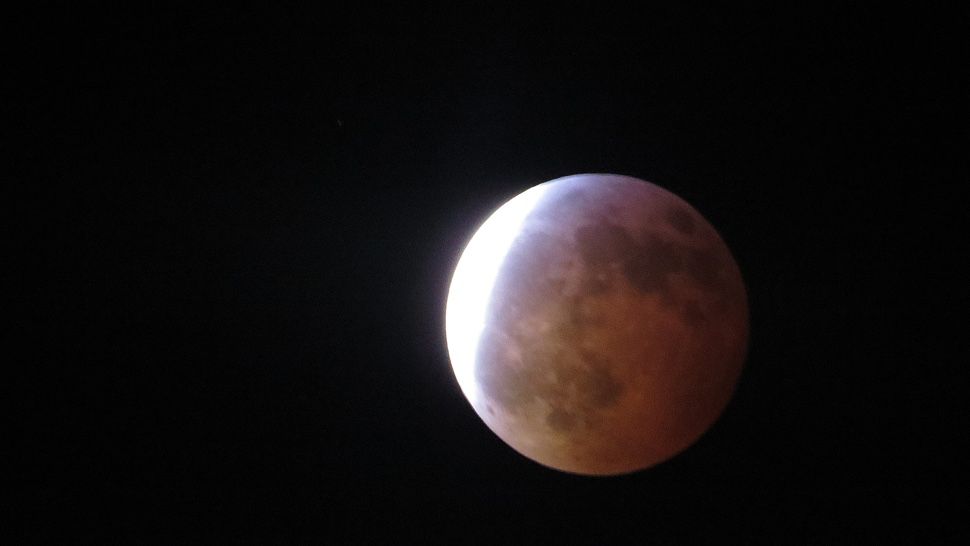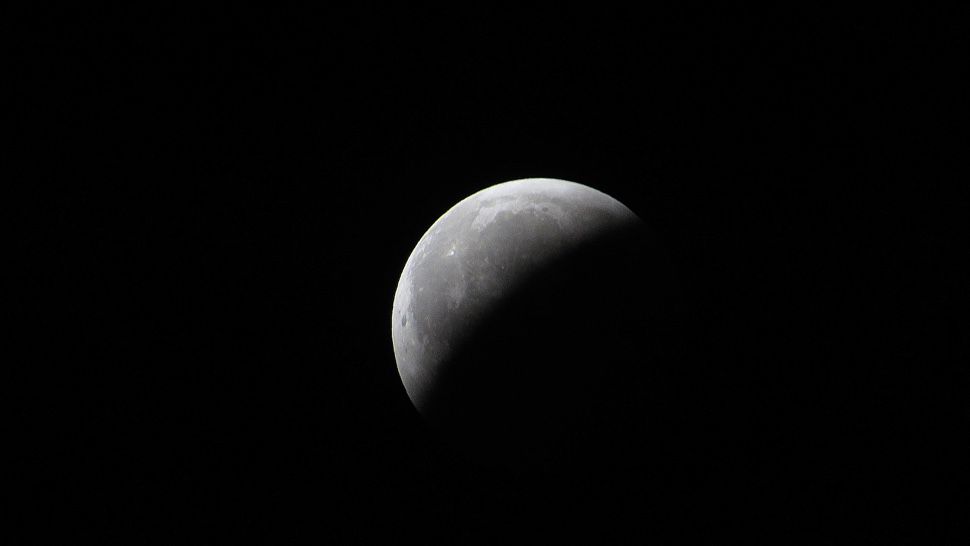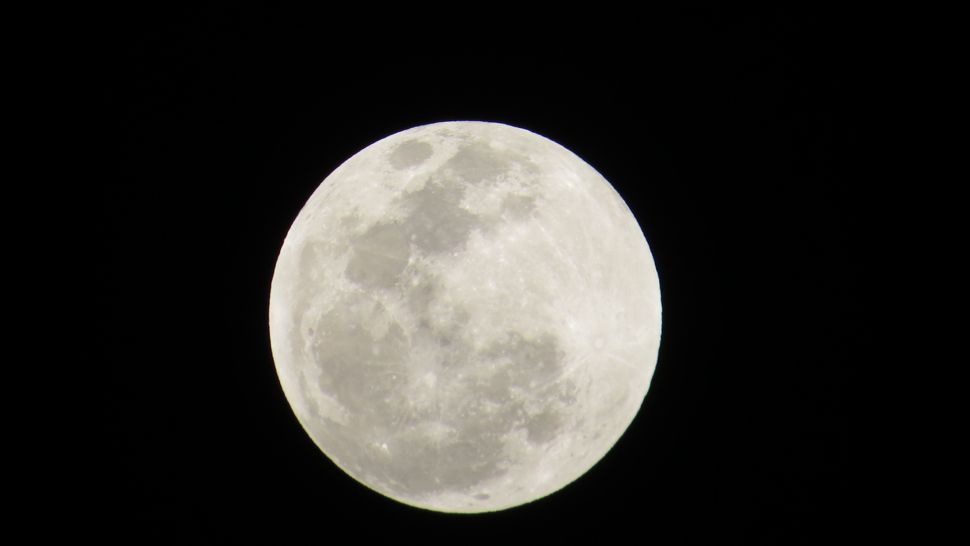FLORIDA — It's not every day, or every year, that space lovers get to experience a celestial delight known as a "super blood wolf moon" as a lunar eclipse.
- Learn why Sunday's moon was called "super blood wolf moon"
- Next total lunar eclipse seen from Florida will happen in May 2022
- See our Space coverage
Late Sunday evening and the start of Monday morning, Floridians across the Sunshine State braved the cold weather to see the full moon transform into a reddish lunar eclipse.
Video by Anthony Leone
However, this wasn't any total lunar eclipse, where the Earth gets between the sun and the moon and our blue globe casts its shadow on its orbiting neighbor.
As Spencer Jones, a science program interpreter for the Orlando Science Center, pointed out, this was what's been dubbed a "super blood wolf moon."
It is a mouthful, but the name has significance: a moon in the sky is called a "super moon" is when its orbit is at its closest to Earth.
"When the moon is full at its closest approach to the Earth (perigee), we call it a 'super moon.' (It) rolls off the tongue a bit better than 'perigean full moon,' " said José Cotayo, an education specialist at Tampa's Museum of Science and Industry, in an email.
Because of the way Earth's atmosphere refracts light, the moon appears to have a reddish or orange tint in the sky during a lunar eclipse as it passes through Earth's shadow, it's called a "blood moon," Cotayo said.
Jones said this year's blood moon was redder than usual.
As for why it was also called a "wolf moon": It was the first full moon of the year.
"There are no wolves up there as far as we know," Jones joked.
Lunar eclipses are easy to view because people can look up and watch its entirety without special goggles to protect their eyes, unlike a solar eclipse, Jones said.
"You don't need any fancy gear to observe a lunar eclipse (no welding mask or solar glasses), so go out there and enjoy the view," Cotayo said.
And for Jones, the simplicity of Sunday's event was what made it special.
"Lunar eclipses are pretty cool. You don't need special filters for your camera or your eyes. Just look up and see," he said.
But why don't we see it more often?
"I find it interesting that it doesn't happen every month," Jones said, explaining the Earth does pass between the moon and Sun every month — which creates a full moon — but it's the tilted angle of the moon that allows a lunar eclipse to happen.
The start of the lunar eclipse happened about 9:30 p.m. Sunday Eastern time, but that was only the beginning. Sky viewers had to wait until about 10:30 p.m. to really see a difference and the start of the reddening of the moon.
The total lunar eclipse happened at about 11:40 p.m., when the moon was at its reddest, Jones said.
"If you're looking for a fully red/orange moon, then the best window of observation is right as the moon is passing through the darkest part of our shadow (the umbra) between 11:41 p.m. on Sunday to right around 12:43 a.m. Monday," Cotayo said.
This was the closest full moon as well as the last total lunar eclipse visible from Florida until May 15, 2022, Cotayo said.



